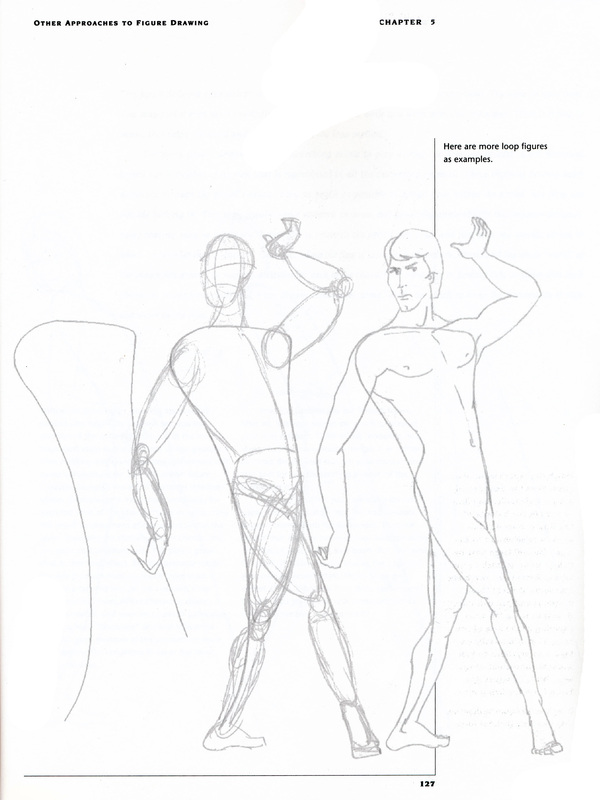Going in to the Biomat, with proof of address, there was something about, not needing it at all this whole time, or something...?
Got the book at least, anyway.
It's divided into two sections: drawing the figure and clothing it. From the introduction, and the About this Book:
"...part of every artist's skill is to adapt any technique into his or her own 'style.'... If you only want to copy, you'll be frustrated. You can never successfully produce someone else's work. And why would you want to? Your style is unique. Your goal should be to perfect that technique by trying other techniques. My process is a product of many other people's techniques. It would be difficult to determine the source of any specific element. Much of your frustration at this point is due to the fact that you find others who draw 'better' than you. Stop that way of thinking and simply realize that they draw 'differently' from you, that's all. And that's the way it's supposed to be!"
With this in mind, Professor Scanlon's art style seems to be techniqued after...
 |
| http://www.roryscanlon.com/book.html |
...Rankin Bass?
Man I don't care if that's the only dance they do in that show; it's the greatest dance ever...
Francois Delsarte was a French dancer and orator who came up with a lot of biznasty theories on body language, which he applied to dance and speaking and acting. I'm not sure if he actually applied them to costume design, though, and here's where Rory Scanlon's own theories, like, must come into play, then. Delsartean theory is applied when drawing the initial nude "actor" to be clothed, their body language there (there's this whole fascinating thing dealing with weight being placed in different places on different feet and what that communicates) but, alright, here's where some of the costuming ideas from that UTA workshop come into play.
Professor Scanlon used examples of famous characters, and what their costumes express about them: Spider-Man has an open costume, especially in the chest region (linked to heart and the seat of emotions,) thus we perceive him subconsciously as very vulnerable, which he is. Contrast that to, say, Sherlock Holmes, who dresses in layers which interrupt the profile/silhouette, and we see how emotionally guarded he is. Head region applies to intellect; legs brute power, masculinity, sexuality; torso femininity, emotions, like I said. Areas of focus create focus, areas of contrast and conflict show conflict of (or between) those areas in the character.
No comments:
Post a Comment